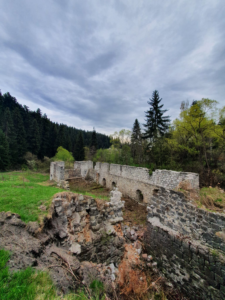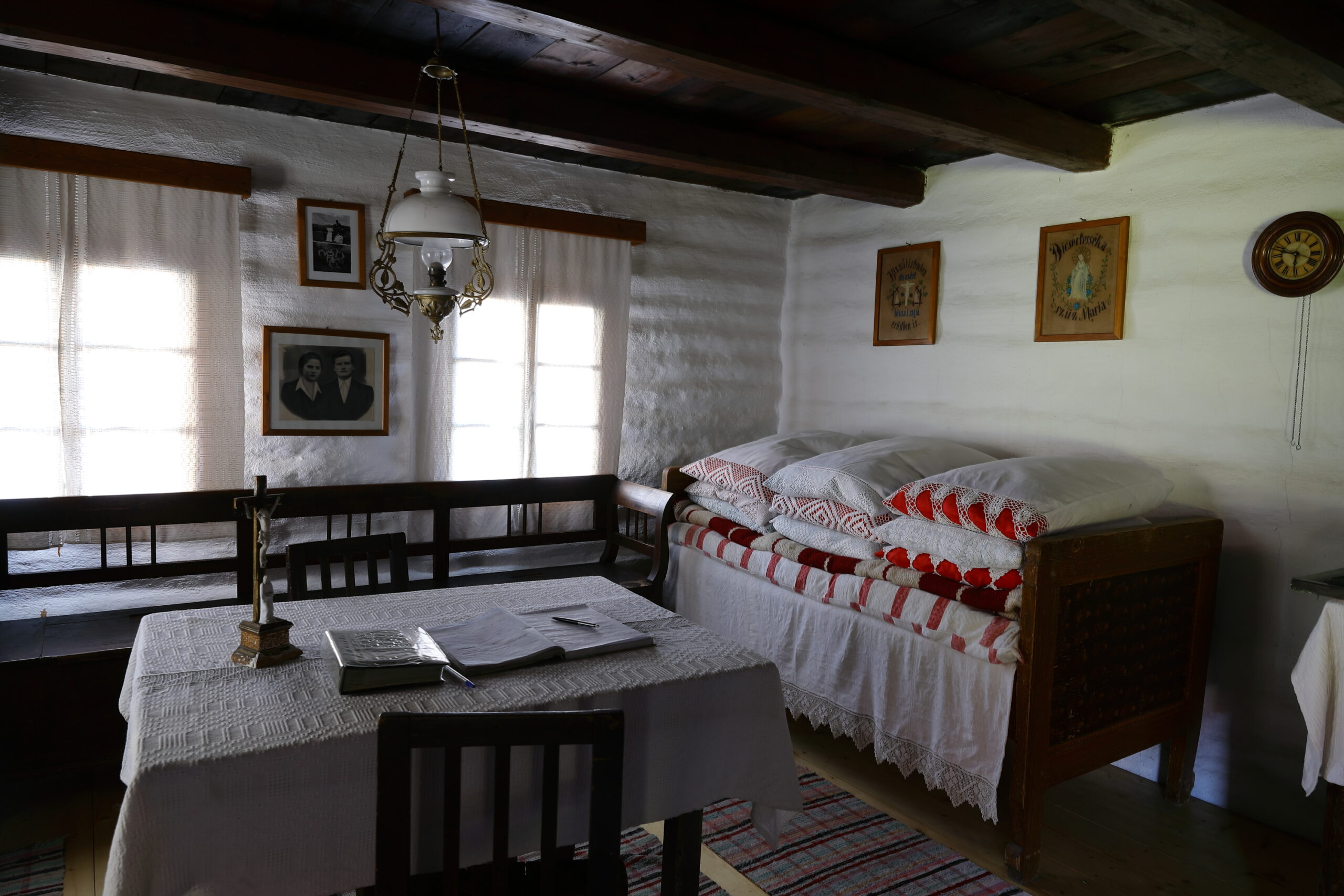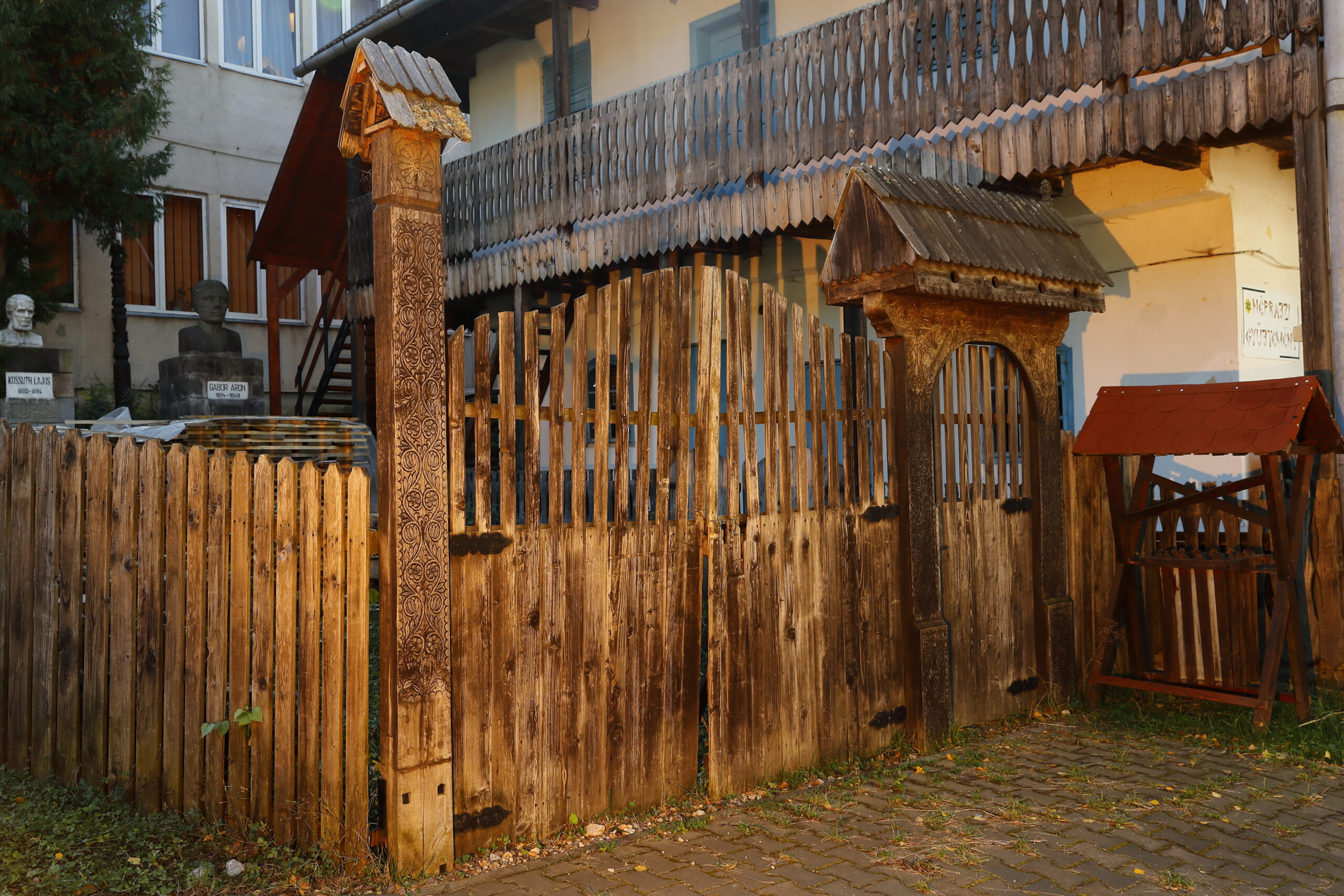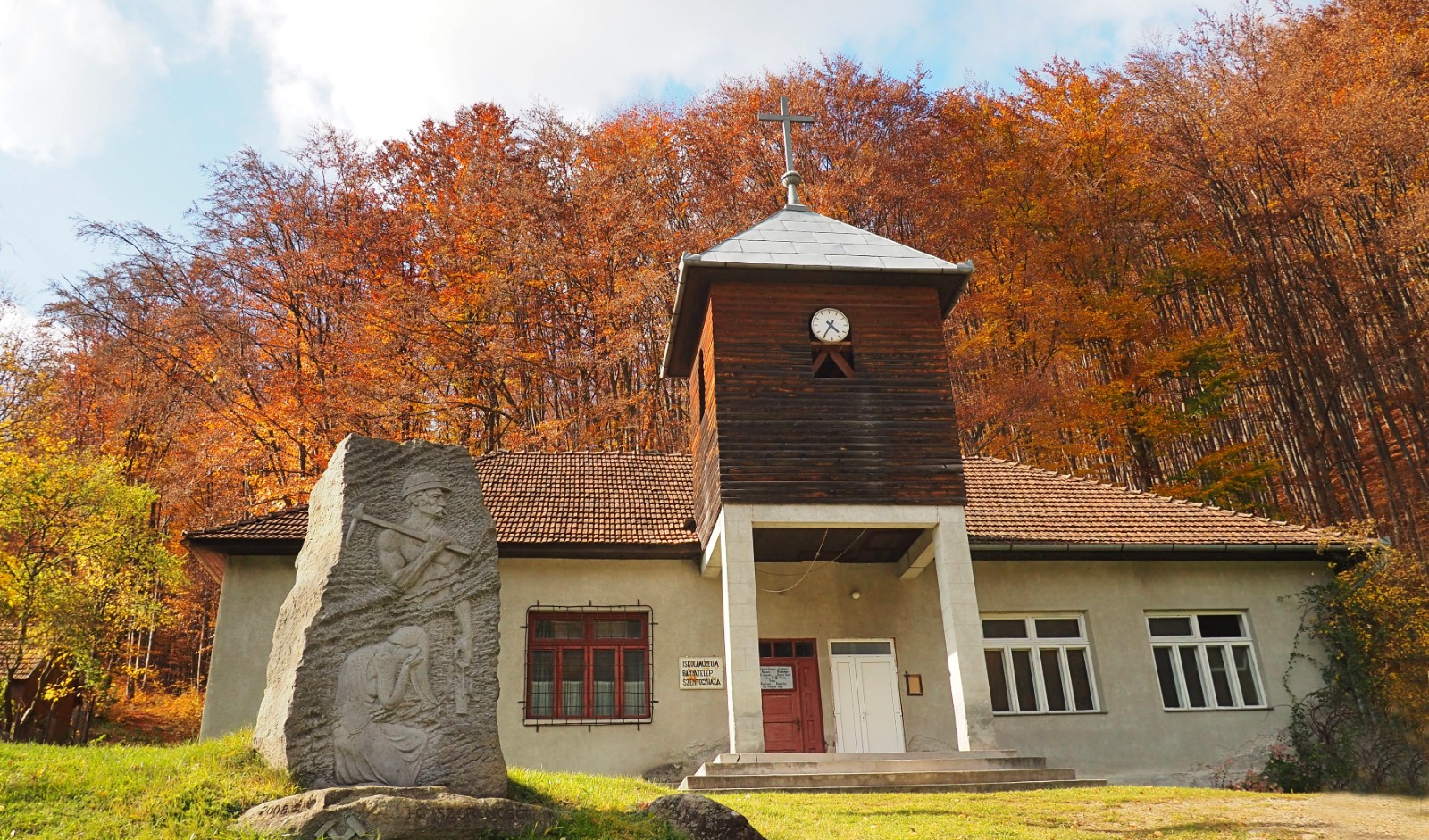Forge: the region between Kis-Homoród stream, Vargyas stream and Tolvajos stream used to be rich in iron ore, from which the richest proved to be the one in Lueta. This is why the mining process of iron-ore happened mostly there. The smelting of the iron ore happened in metallurigcal furnaces and forges. Our first written data is from 1591 when lord Báthory Zsigmond from Transylvania gave a primitive forge as a gift to lieutenant Székely Mózes. This place is located in Lueta and still has the name ,,The forge garden”. The characteristic of this forge is that its structure was from wood, it worked thanks to the propelling force of water, the hammer operated by water wheels. Utilizing the energy of water, iron hammers were used to machine the prepared iron ore, making various tools: axes, hoes, spades, shovels, picks, and ploughshares. In 1836-1837 Gyertyánffy Jónás (studied mining engineer at Selmecbánya- Banska Stiavnica, în germană Schemnitz) built another forge in Minele Lueta with a smelter. When the revolution of 1848-49 outbroke Csányi László- governor of Transylvania- commanded to Gábor Áron to cast their cannons in Lueta, in the forge from Minele Lueta but at the end they only casted the cannonballs. After the revolution this forge was put on fire. After this incident Demeter Miklós moved the iron factory to Vlăhița. He built here: two forges, an iron foundry, a big smelter, a carpentry and some houses for the workers. One of the two forges operated until the 1990s being the ONLY operating forge in Europe that time. The forge is in ruins now and it is registered as a monument. In 2021, it became the property of the town of Szentegyháza, so there are plans to renovate the building. An industrial history museum and a space for cultural events are also included in the long-term plans.
Categories: Cultural






